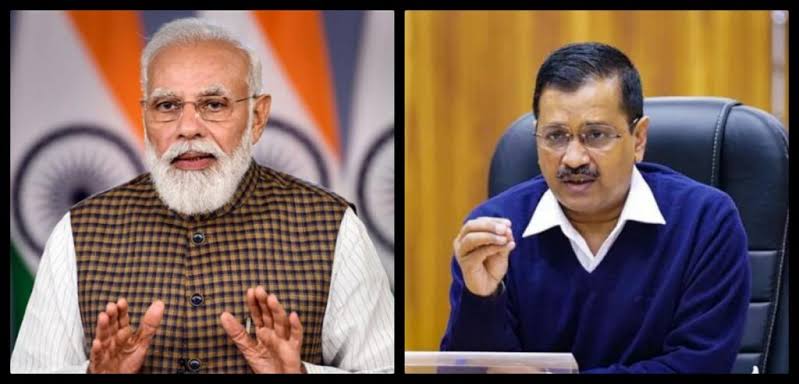In a significant move, the Cabinet led by Prime Minister Narendra Modi has approved the Unified Pension Scheme (UPS) for government employees. The announcement was made during a press briefing by Information and Broadcasting Minister Ashwini Vaishnaw, who stated that the scheme will benefit 23 lakh central government employees. Additionally, state governments can opt for this scheme, potentially extending benefits to nearly 90 lakh employees across the country.
 Key Highlights of the Unified Pension Scheme (UPS)
Key Highlights of the Unified Pension Scheme (UPS)
1. Assured Pension: Government employees will receive a pension equivalent to 50% of the average basic pay drawn over the last 12 months before retirement, provided they have a minimum of 25 years of service. For employees with fewer years of service (minimum 10 years), the pension will be proportionate.
2. Family Pension: In the event of the employee’s demise, the family will receive 60% of the pension amount.
3. Minimum Pension Guarantee: Upon retirement with at least 10 years of service, a minimum pension of ₹10,000 per month is assured.
4. Inflation Adjustment: Pensions, family pensions, and minimum pensions will be indexed to inflation, with adjustments based on the All India Consumer Price Index for Industrial Workers (AICPI-W).
5. Lump-Sum Benefits: A lump-sum payment in addition to gratuity is assured, calculated as 1/10th of the monthly compensation (pay + DA) for every completed six months of service at the time of retirement.
Transition and Choice Between NPS and UPS
Effective April 1, 2025, the scheme will allow central government employees to choose between the existing National Pension Scheme (NPS) and the new UPS. Existing NPS subscribers will also have the option to switch to UPS. According to government officials, most central employees are expected to benefit from the UPS.
Background and Decision-Making Process
The approval comes after considerable discussions led by a committee chaired by Cabinet Secretary TV Somanathan. Formed in response to demands from government employees for improvements to pension schemes, the committee engaged in over 100 consultations with various stakeholders, including the Reserve Bank of India, the World Bank, and nearly all state governments.
The Unified Pension Scheme is designed to address the concerns of government employees while enhancing the efficiency and sustainability of the pension system.
This new pension structure reflects a careful balance between employee benefits and fiscal responsibility, ensuring long-term security for millions of government workers across the nation.
Conclusion
The introduction of the Unified Pension Scheme marks a significant step towards streamlining pension benefits for government employees, offering better options and financial security. As the scheme rolls out in 2025, it is expected to bring much-needed relief to government workers concerned about their post-retirement income.




